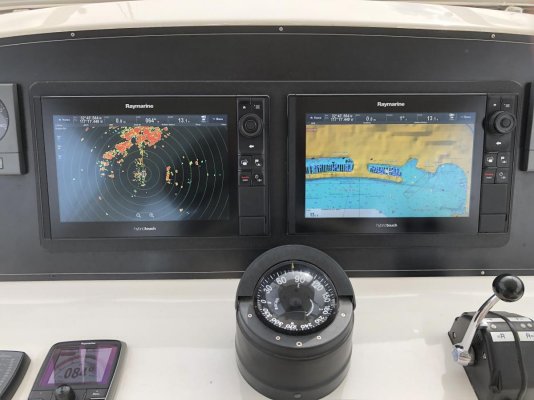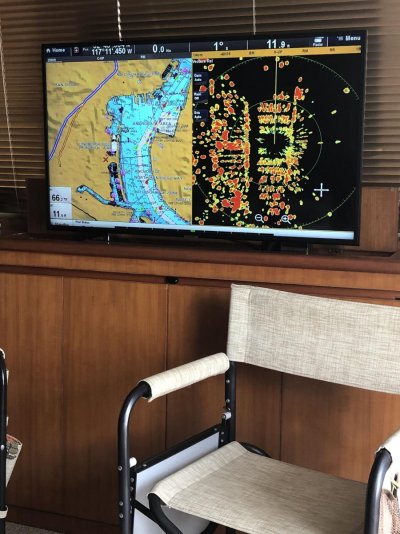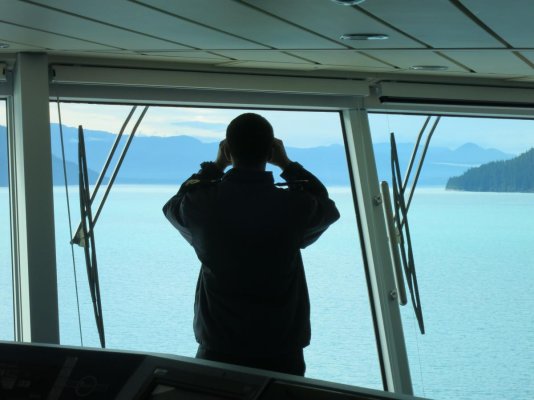I took the question to be whether damage is done with the unit in standby.
I asked Furuno that question when I realized that the TimeZero Professional software that runs my radar puts the radar in standby mode whenever the software is on. (The radar, a 25kw, requires a separate power supply that is not software switched.) Furuno's tech support is usually pretty good, but the particular guy I talked to didn't seem to understand that Magnetrons have a life (and according to some, a half life). His advice was to shut off the power supply, but given its location, there is no convenient way to do that. Then he said to leave it one, because some electronics suffer more from the heat up / cool off cycles than from being continuously powered up. So, bottom line, Furuno's answer was it doesn't really matter, but I am not sure that is true.



